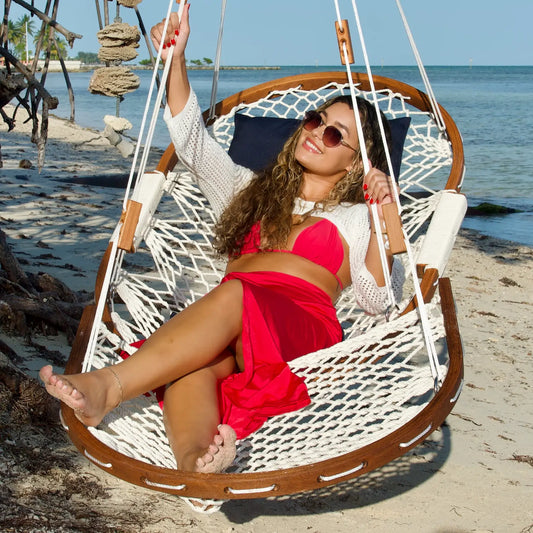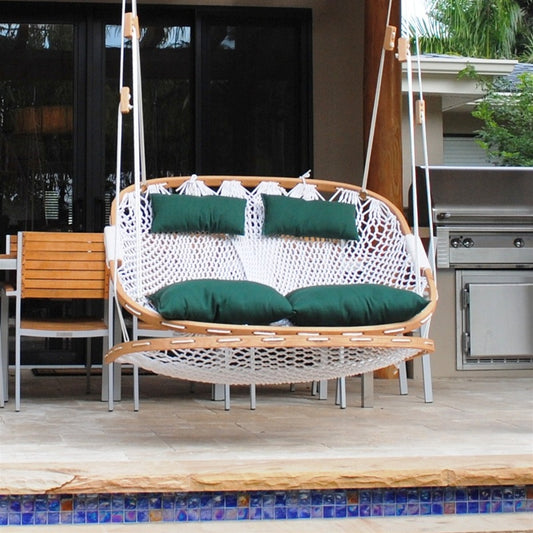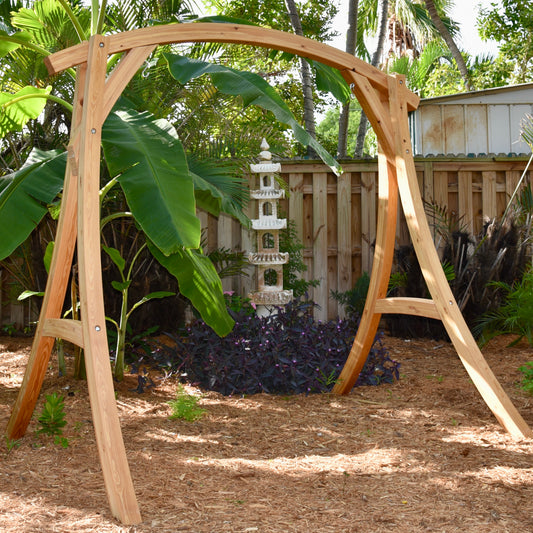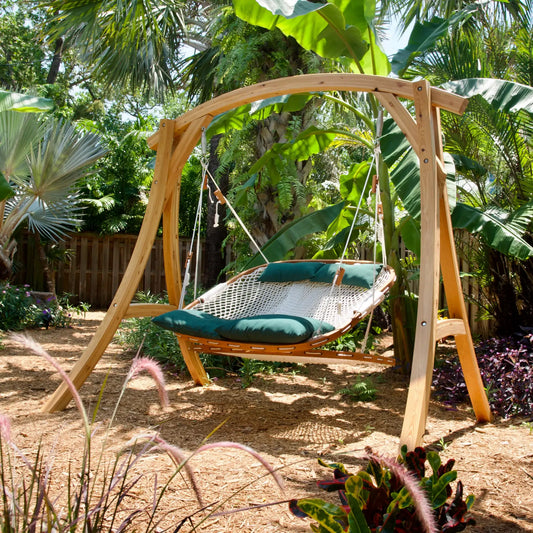These traditional style hammocks were first introduced to Europeans when Christopher Columbus returned to Spain from a Caribbean voyage in the 1400’s. it did not take long for those early sea fairing explorers to discover the benefits of using hammocks on board ships. In 1590 hammocks were formally adopted for use by the British Royal Navy.
Hammocks - a short history
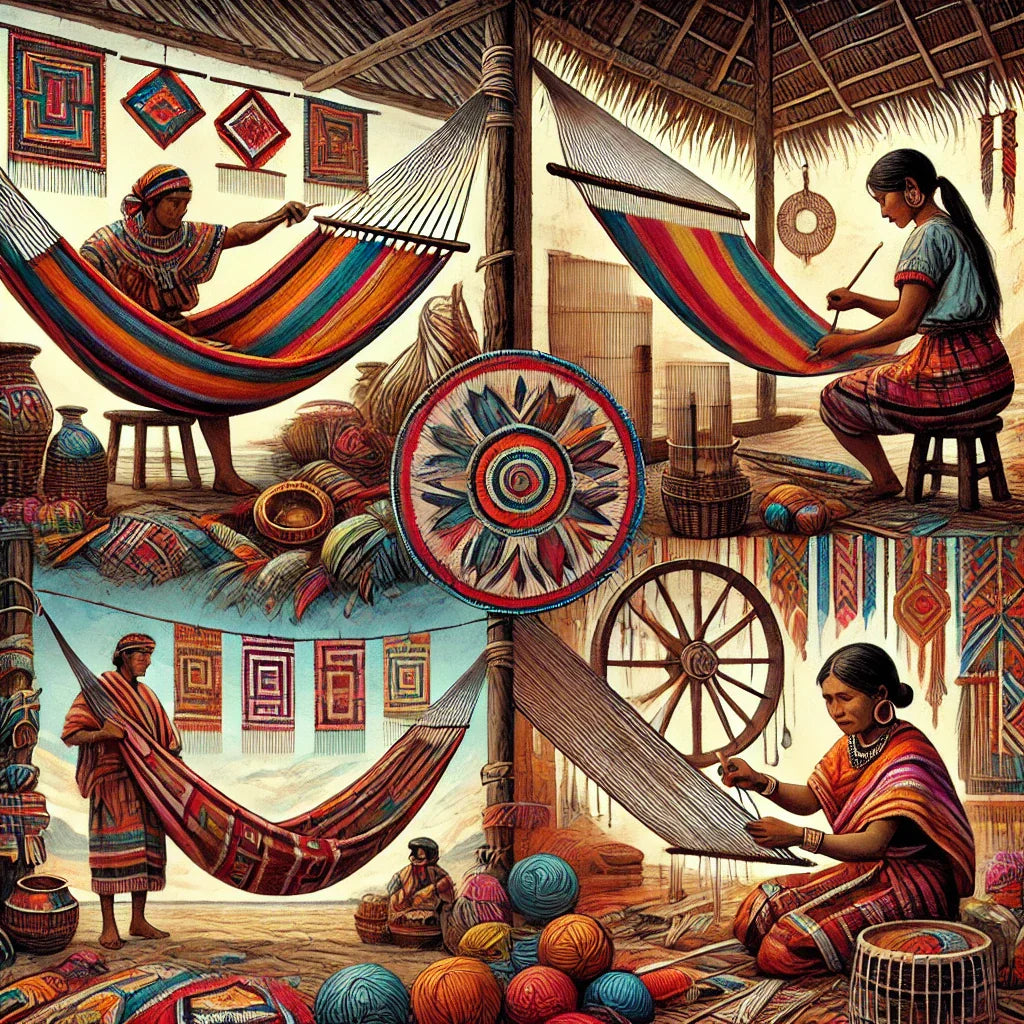
A Short History of Hammocks
Some people believe that the Hammock was first invented in Athens by the statesman Alcibiades (c.450-404 BC), a student of the famous Greek philosopher Socrates. However, it appears that the use of Hammocks for sleeping in was not widely adopted by the ancient Greek culture, in fact it was the indigenous tribes of the Caribbean Islands and Central America that were the first to incorporate the Hammock as essential item in their day to day life over 1000 years ago.




